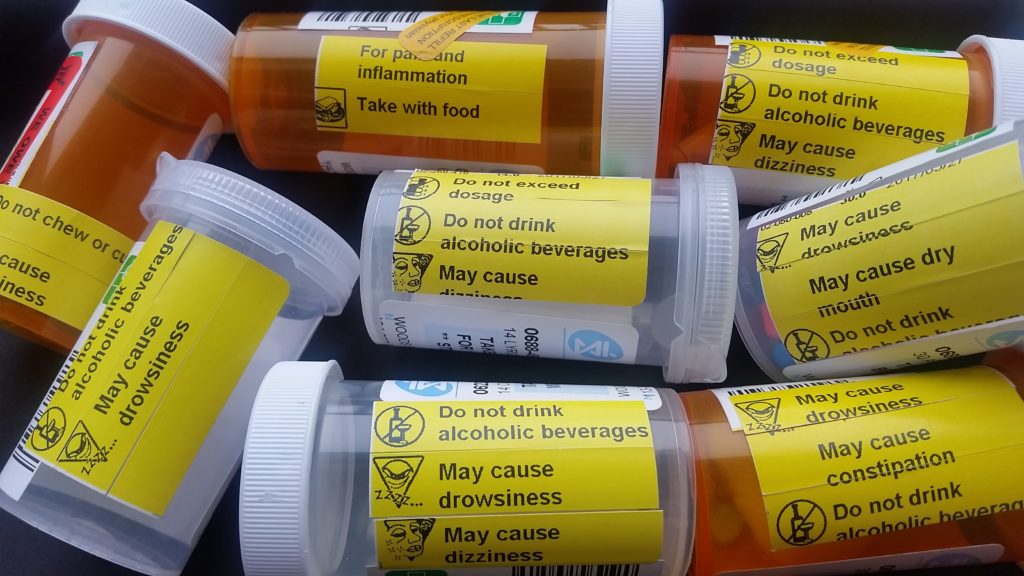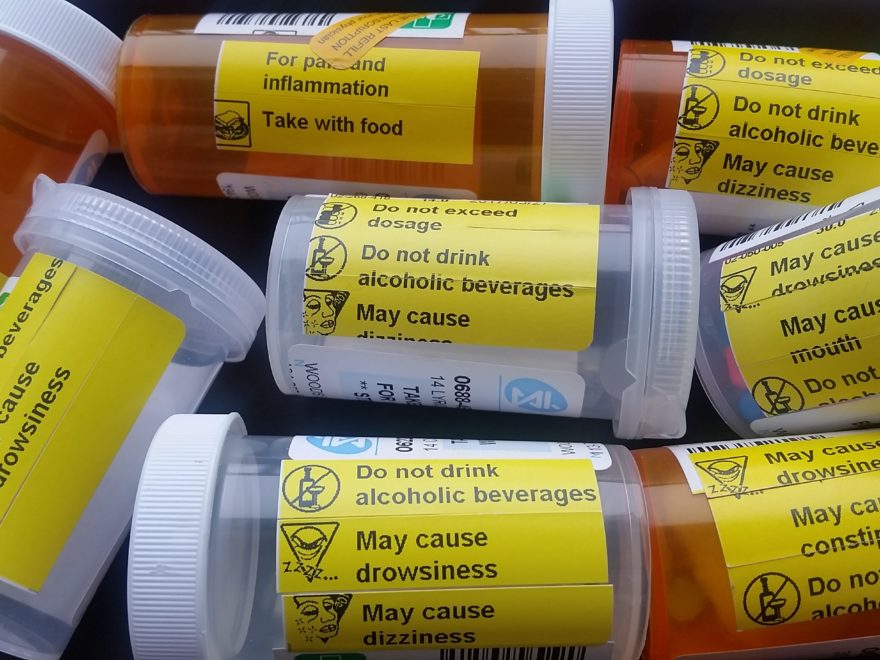This is one of those friend-of-a-friend stories. One of my friends is an almost-retired nurse, working part-time in administration at a small healthcare company. The firm specializes in full-time home-care for older folks, who wouldn’t otherwise be able to keep living in their own homes.
It’s a fee-based service, which isn’t funded within the public healthcare system here in Quebec. There are some government programs which can help offset some of the costs, but none of them cover the full amount.
[Hopefully someday this kind of home-care – to help older people stay in their homes as long as they’d realistically like to – will be covered under Canada’s various provincial and territorial healthcare programs. For now, we’re far from that ideal; this is the kind of healthcare policy issue that I’ve worked on, as part of my bioethics activities.]
As part of her job, my friend deals with a number of specialist physicians; each of whom provides consulting services to this company. A few days after I was advised of my diagnosis a couple of weeks ago, she and I had discussed it. I was, perhaps oddly, happy to finally have a diagnosis. To know why I was experiencing all of these bizarre symptoms.
She then brought up this rare disease, as an aside, to one of the consulting rheumatologists at her office who’d called in to answer a question. She mentioned to him that I was searching for definitions or descriptions of Complex Regional Pain Syndrome (CRPS), in medical journals and other scientific publications.
This specialist had referred to CRPS by its old name; RSD for Reflex Sympathetic Dystrophy. I wasn’t surprised, as many of the physicians I’ve met so far have also called it RSD rather than CRPS. When I asked one of them why, he said it was because most physicians feel that the words sympathetic and dystrophy are important descriptors of this condition.
When this rheumatologist had a meeting at my friend’s office, a few days later, he brought something for her to give to me. It’s small book called Thompson’s Rheumatology Pocket Reference(1), written by Dr. Andrew Thompson; another Canadian rheumatologist. The consultant told her it was an old version, which he’d been meaning to toss into his recycling bin; instead, he was passing it along to me in case it could be of use.
Why? Because it includes a few pages on RSD/CRPS, which he thought I might find interesting. In typically Canadian fashion, my friend and I met for coffee at a Tim Horton’s coffee shop yesterday – and she gave me the book. I was so excited to see my rare disease in a book that we read the section before we even place our orders at the café!
The book is only about 7″ by 5″, and less than an inch thick. The print is rather small though, so there’s quite a bit of information crammed onto each page ‘-)
It was published 13 years ago, eons within the field of medicine. Except maybe for CRPS. I’ve been reading up on it, and there don’t seem to have been any recent research breakthroughs for this condition.
One word in the CRPS section of this book particularly struck me, and my nurse friend as well. She said that she’d never seen pain described using the word exquisite before, yet this book uses it twice to describe my disease:
- “Exquisitely sensitive extremity worse with movement or touch”(1)
- “may be exquisitely painful and swollen with reduced range of motion”(1)
This book also notes that CRPS is considered to be a chronic pain condition, although that shouldn’t be my case, with all the medications and invasive treatments that I’ve been receiving since I was diagnosed!

It’s nice to now have a medical reference book, which I can show to anyone who asks me about CRPS. For almost 3 months I was told at a hospital specialty clinic that there was nothing wrong with me; and to “stop exaggerating” the pain and other symptoms I was experiencing.
That has left me feeling as though I have to prove that this disease really exists. This feeling is exacerbated by the fact that CRPS is an invisible illness; I don’t look as though anything’s wrong with me – other than looking perpetually exhausted!
Some people I’ve told about the disease seem to think that I’m just making it up… and that can be very disheartening to deal with.
Now I’ll be able to whip out this book, when anyone seems to doubt that CRPS exists, and show them this description. Most of this section of the book is comprised of information that I’d already read in medical journal articles, but it’s good to have it in one place. A few examples:
- There’s no known family history of CRPS/RSD (makes sense to me, as no one in my family seem to ever have heard of anything similar to this disease!)
- This disease causes pain at a much higher level than the injury that triggered it (some journal articles that I’ve read say that sometimes there isn’t any triggering event for CRPS)
- Especially in the early phases, there is a lot of swelling (oedema), particularly of the affected extremities; a hand or foot (that was the first thing I noticed, after the pain, before I ever had a diagnosis)
- CRPS can cause changes in the colour of the skin of the affected limb(s), likely due to changes in blood flow
- It can also, inexplicably as far as I know, cause changes in the skin temperature of the affected limb (the skin on my right arm, and especially my hand, sometimes feel very hot – while the other hand and arm are fine)
- The sympathetic nervous system is important in CRPS, which is why many physicians still call it RSD
- A multi-disciplinary approach to treating CRPS is best; physicians working together with physiotherapists and other healthcare workers (I was already working with a physiotherapist before I had a diagnosis, and she’s the one who convinced me to keep telling the follow-up physician at the hospital – for my fracture – that something was seriously wrong!)
- Both stellate ganglion blocks and Bier blocks can be helpful, for pain and other signs & symptoms (I’ve had 6 stellate ganglion blocks so far, and my neuro-anaesthesiologist has me scheduled for a first Bier block in a couple of weeks)
- The prognosis – how/whether a person with CRPS will recover – is very hard to predict, as each patient presents differently; every person with this disease may have a different experience of the disease, with different signs and symptoms or combinations of them. That’s one of the things that makes this rare disease so difficult to treat.
Neither my friend nor the rheumatologist wanted to be named; I’m writing a great big Thank you to each of you here – you know who you are!
Reference:
(1) Andrew E. Thompson, MD. Thompson’s Rheumatology Pocket Reference. Trafford Publishing. 2003.

